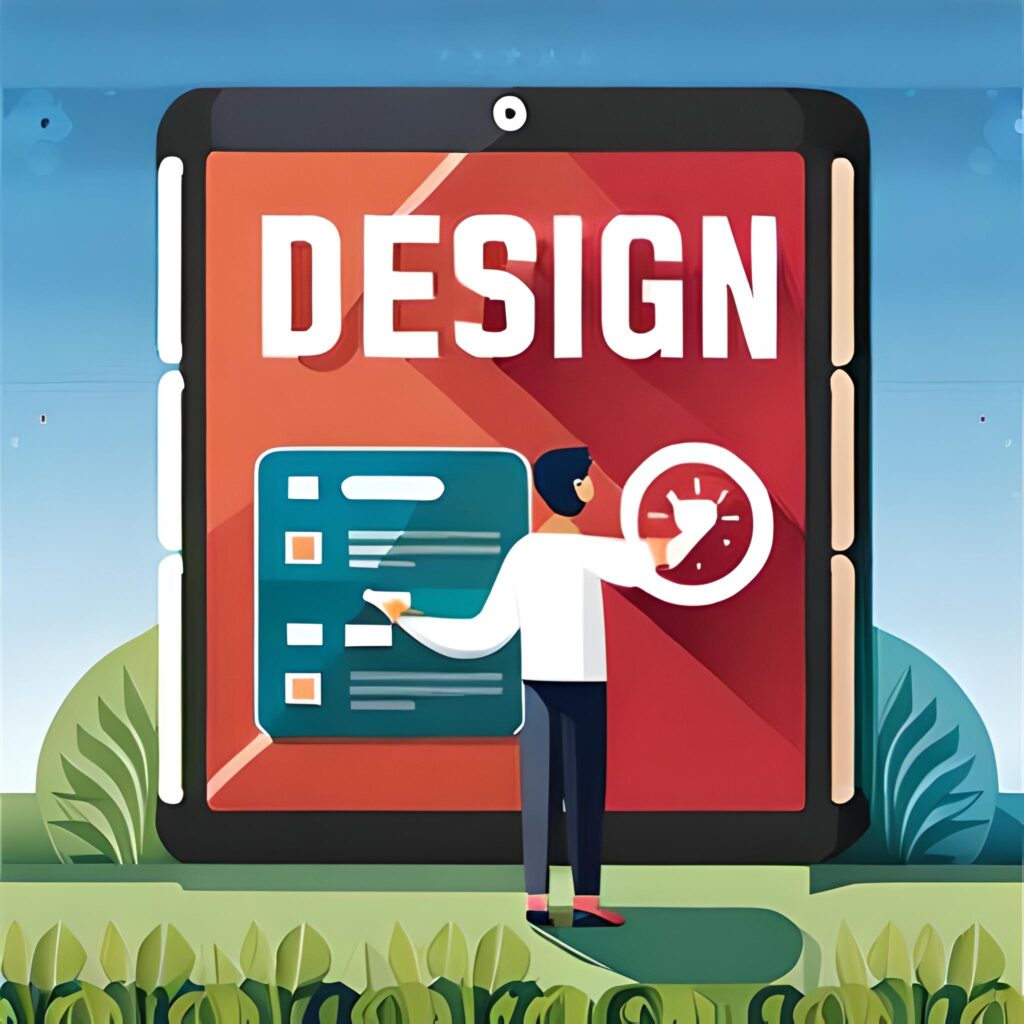User Experience (UX) Design is the process of developing products, programs, or services that offer customers useful and pertinent experiences. This entails designing every step of the acquisition and integration of the product, including its branding, design, usability, and functionality. To create a successful user experience, designers must adhere to a set of principles that guide their work.

Here are some key UX design principles to consider:
- Know Your Users: Understanding your users is the foundation of any successful UX design. Conduct research, interviews, and surveys to gather data about your target audience. Create user personas to help visualize and empathize with their needs, goals, and pain points.
- Focus on Usability: Usability is a critical aspect of UX design. Ensure that your design is easy to use, efficient, and accessible. Users should be able to interact with and navigate your product without difficulty or annoyance.
- Consistency: Ensure that design components like font, colors, iconography, and layout are consistent. This helps users feel comfortable and familiar with your product, making it easier for them to learn and use.
- Clarity: Design your product with clarity in mind. Avoid clutter and unnecessary elements that could distract or confuse users. Use clear, concise language and visual cues to guide users through their interactions with your product.
- Feedback: Provide users with feedback to inform them about the results of their actions. This can be in the form of visual cues (e.g., highlighting a selected button), sounds, or messages. Feedback helps users understand what’s happening and builds their confidence in using your product.
- Flexibility: Design your product to be flexible and adaptable to different users, devices, and contexts. Consider how users with different abilities, preferences, and technical skills might interact with your product. Make sure your design works well on various screen sizes and devices.
- Minimalism: Follow the principle of “less is more.” Keep your design simple and focused on the essential elements that users need to accomplish their goals. Eliminate unnecessary features or content that could distract or overwhelm users.
- Error Prevention and Recovery: Anticipate potential user errors and design your product to prevent them. When errors do occur, provide clear instructions and guidance to help users recover and continue their tasks.
- User Control: Give users control over their interactions with your product. Allow them to customize settings, undo actions, and navigate at their own pace. Empowering users with control enhances their overall experience.
- Test and Iterate: Continuously test your design with real users and gather feedback to inform improvements. Regularly iterate on your design to ensure it meets users’ needs and expectations.
By following these UX design principles, you can create products that not only look great but also provide an enjoyable and seamless experience for your users.
You do not just stop at having a successful UX Design on your website, It also need to be a “Responsive” one. Learn why
Want a successful UX design implemented on your website?
Janed Wed Studio is here to help. Contact us at www.janedwebstudio.com/contact/ to discuss your specific needs and develop a customized solution to maximize conversions.


